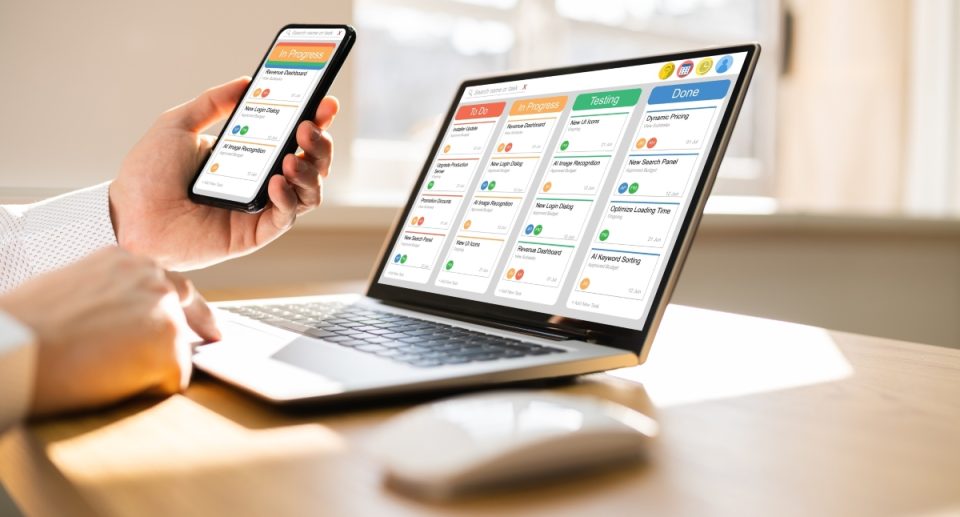How to Turn Your Knowledge as a Senior into an Online Course for Others

In an era where online learning is more accessible than ever, turning your expertise into an online course can be both fulfilling and financially rewarding. As a senior, a retired professional, a hobbyist, or an expert in a specific field, sharing your knowledge through a structured course can empower others and help you connect with a global audience. This guide will walk you through the essential steps to create an engaging and impactful online course.
1. Identifying Your Niche and Audience

Before creating a course, it’s crucial to identify the specific knowledge you want to share and the audience you intend to reach.
A. Assess Your Expertise
- Reflect on Your Skills: Consider the areas where you have substantial knowledge or experience. This could range from professional skills, hobbies, or personal development topics.
- Determine Market Demand: Research potential course topics by exploring platforms like Udemy, Coursera, and Skillshare. Look for popular subjects and check reviews to identify gaps you can fill.
B. Define Your Target Audience
- Identify Your Learners: Understand who your ideal students are. Consider their age, profession, interests, and learning preferences.
- Address Pain Points: Determine your audience’s challenges that your course can help solve. This will guide your content and marketing strategies.
2. Planning Your Course Content

Once you’ve identified your niche and audience, it’s time to outline the course content. A well-structured course enhances the learning experience and ensures students remain engaged.
A. Create a Course Outline
- Break Down Topics: Divide your main subject into smaller, manageable modules or sections. Each module should focus on a specific aspect of the topic.
- Sequence Matters: Organize the modules logically, ensuring each builds on the previous one. Start with foundational concepts and gradually move to more complex ideas.
B. Set Learning Objectives
- Define Goals: Clearly articulate what students will learn by the end of the course. This can include knowledge acquisition, skill development, or practical application.
- Use Action Verbs: Frame your objectives using action verbs like “understand,” “apply,” “create,” or “analyze” to clarify the expected outcomes.
3. Choosing the Right Format

Online courses can take various forms, each with its unique benefits. Here are some popular formats to consider:
A. Video-Based Courses
- Engaging Visuals: Videos are highly engaging and can effectively convey complex information. Consider using slides, demonstrations, or on-camera lectures.
- Pre-Recorded vs. Live: Decide whether you want to create pre-recorded videos for self-paced learning or conduct live sessions for real-time interaction.
B. Written Content
- Ebooks and Guides: Combine video content with written materials, such as PDFs or ebooks, to provide supplementary information and resources.
- Interactive Quizzes: Include quizzes or assignments after each module to reinforce learning and assess comprehension.
C. Discussion Forums
- Encourage Interaction: Consider adding a forum or community space where students can engage with each other, ask questions, and share insights. This fosters a sense of community and enhances the learning experience.
4. Creating High-Quality Course Materials

Produce high-quality materials that enhance the learning experience to ensure your course stands out.
A. Invest in Equipment
- Video Quality: Use a decent camera and microphone to ensure clear visuals and sound. Poor quality can detract from the learning experience.
- Editing Software: To polish your content, familiarize yourself with video editing software. Tools like Camtasia, Adobe Premiere, or even free options like iMovie can be helpful.
B. Design Engaging Slides
- Visual Appeal: Use visually appealing slides that complement your video content. Incorporate images, graphs, and infographics to illustrate key points.
- Limit Text: Avoid overcrowding slides with text. Use bullet points and concise statements to make information easily digestible.
C. Include Additional Resources
- Supplementary Materials: Provide additional resources like worksheets, templates, and reading lists to enhance the learning experience and encourage practical application.
- Recommended Tools: Share tools or platforms that can assist learners in applying their newfound knowledge effectively.
5. Selecting a Platform to Host Your Course

Choosing the right platform to host your online course is crucial for accessibility and functionality. Consider these options:
A. Learning Management Systems (LMS)
- Dedicated LMS Platforms: Platforms like Teachable, Thinkific, and Kajabi offer user-friendly interfaces for seniors and built-in marketing tools. They allow you to create and manage courses easily.
- Features: Look for features such as progress tracking, quizzes, and discussion forums to enhance the learning experience.
B. Marketplace Platforms
- Course Marketplaces: Platforms like Udemy and Skillshare allow you to publish your course to a broader audience. However, be aware that they often take a percentage of your earnings.
- Built-In Audience: These platforms provide built-in traffic, making it easier to attract students without extensive marketing efforts.
C. Your Own Website
- Full Control: Hosting your course on your own website gives you complete control over branding, pricing, and student interaction. You can use plugins like LearnDash or LifterLMS to integrate courses into your site.
- Direct Engagement: An independent website allows for direct communication with your students, fostering relationships and trust.
6. Marketing Your Online Course

Once your course is ready, it’s time to promote it to your target audience. Here are effective marketing strategies to consider:
A. Build an Online Presence
- Create a Website: Establish a professional website to showcase your course, share testimonials, and provide valuable content related to your niche.
- Leverage Social Media: Use platforms like Facebook, Instagram, LinkedIn, and Twitter to engage with potential students, share course updates, and promote content.
B. Content Marketing
- Blogging: Write informative blog posts related to your course content to attract organic traffic. Use SEO techniques to improve visibility on search engines.
- Webinars: Host free webinars or live Q&A sessions to provide valuable insights and showcase your teaching style, encouraging participants to enroll in your course.
C. Email Marketing
- Build an Email List: Create an email list to inform interested individuals about course launches, updates, and special promotions.
- Nurture Leads: Send regular newsletters with valuable content to nurture leads and keep your audience engaged.
7. Engaging with Students

Once your course is live, actively engage with your students to enhance their learning experience and encourage positive outcomes.
A. Foster a Community
- Discussion Groups: Create a community forum or private group (on platforms like Facebook or Slack) where students can interact, ask questions, and share their experiences.
- Encourage Peer Feedback: Encourage students to give feedback on each other’s work, fostering a collaborative learning environment.
B. Provide Support
- Regular Check-Ins: Schedule regular check-ins or office hours to answer questions and provide additional support to your students.
- Feedback Loops: Collect feedback from students throughout the course to identify areas for improvement and enhance future iterations.
8. Evaluating Course Success

After launching your course, evaluating its success is essential to inform future improvements.
A. Track Key Metrics
- Enrollment and Completion Rates: Monitor how many students enroll in your course and their completion rates to gauge engagement and satisfaction.
- Student Feedback: Collect feedback through surveys or direct communication to assess areas of strength and opportunities for improvement.
B. Continuously Improve
- Iterate Based on Feedback: Use student feedback to make necessary adjustments to the course content, structure, or delivery methods.
- Stay Current: Continuously update your course materials to remain relevant and aligned with industry trends.
Conclusion

Turning your knowledge as a senior into an online course can be a fulfilling way to share your expertise and impact the lives of others. By identifying your niche, planning your content effectively, choosing the right platform, and engaging with your students, you can create a valuable learning experience that resonates with your audience. Embrace the opportunity to educate and inspire, and watch as your course grows into a successful online venture. Start your journey today, and share your wisdom with the world!





